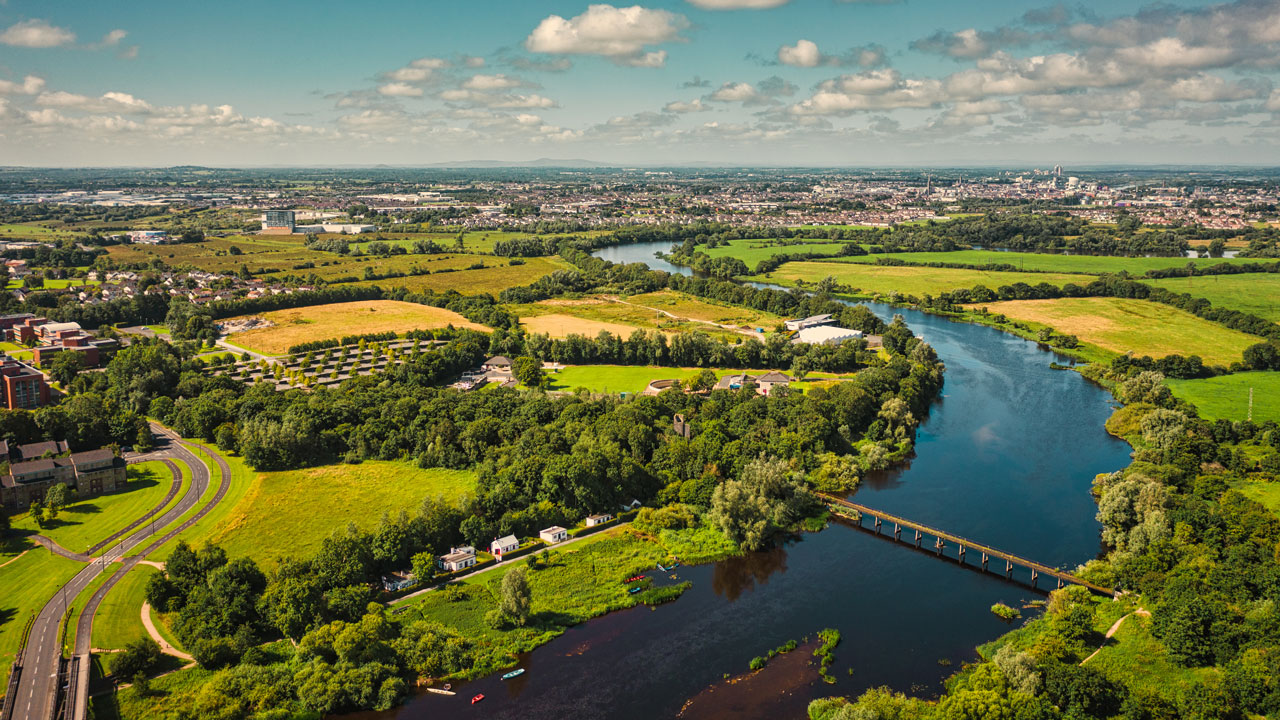The Sustainable Water Network (SWAN) reacted to today’s EPA Water Indicator Report by calling on the Government to put in place far stronger measures to address Ireland’s water pollution crisis and tackle ongoing pollution from agriculture and forestry run-off, and discharges of raw and inadequately treated human sewage.
The report highlights that nearly half of all our rivers and lakes (45% and 46% respectively) are still in an unhealthy condition and not meeting legal standards for biological quality. 42% of our rivers, many in the south and southeast of the country and 17% of estuaries and coasts are exceeding healthy levels for nitrogen, while over a quarter of rivers (27%) and over a third of lakes (35%) have phosphorus concentrations above legal limits. Average nitrates levels have shown no improvement across our rivers and have increased in our groundwaters, while nutrient loads have remained largely unchanged in our marine environment over four years.
This nutrient pollution is having a significant effect on our water wildlife, with declines in mayfly, stonefly and caddis fly, all of which form integral parts of the aquatic food web, ultimately providing sustenance to iconic species such as salmon, kingfisher and otter. Of course, unhealthy waters are unhealthy for humans too. Last summer, half our bathing waters had restrictions due to pollution [1], while our precious waterscapes that many rely on for well-being and recreation are deteriorating. We can’t have a healthy country without healthy waters.
Sinéad O’Brien, SWAN Coordinator, said: “Another year and another report from the EPA showing yet again the ongoing failure of the government to address our water crisis and to stem the tide of water pollution.
“The lack of improvement in nitrate pollution is of very serious concern. The elevated levels are mainly in the south, east and south east and are attributed to intensive agriculture. This shows that current measures to tackle pollution for intensive livestock farming are not working here and we need strong additional measures such as nutrient restrictions based on the carrying capacity of these already nutrient-saturated catchments and risk-assessments for intensive farms, with a licensing system similar to pigs and poultry farms to protect vulnerable rivers and estuaries. These measures would result in a marked reduction in agricultural water pollution.
The high levels of phosphate concentrations are similarly coming from agriculture run-off but also from wastewater discharges. Government must commit to urgent investment to halt discharges of raw and inadequately treated sewage into all water bodies.
“Today’s report is even more evidence of the urgent need for much more ambition and commitment from the government to finally fix our escalating water pollution crisis and restore our rivers, lakes and seas back to good health. We are calling for this to be reflected in the upcoming Water Action Plan.”
Notes:
[1] Noteworthy Investigation on Bathing Restrictions – https://www.noteworthy.ie/red-flag-6186539-Oct2023/

